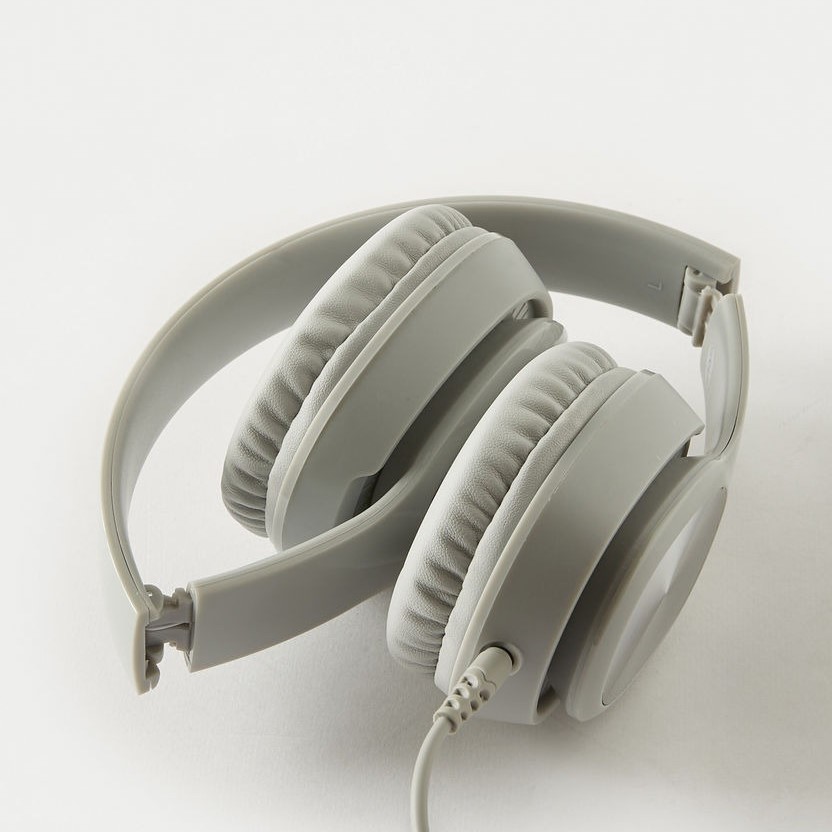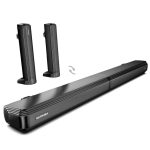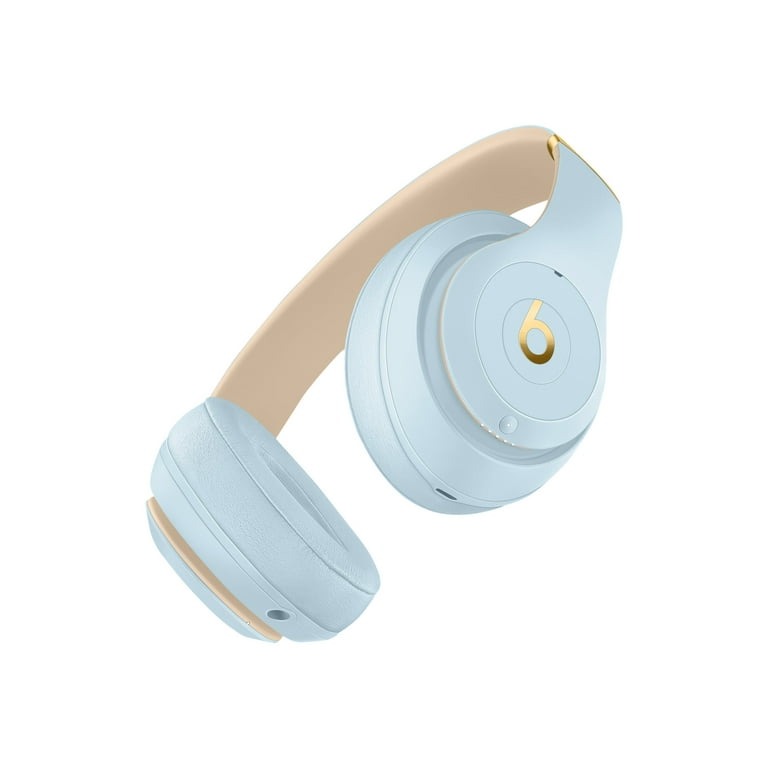Identifying the Causes of Uneven Headphone Volume
When you find that one of your headphones is louder than the other, it can be puzzling. First, it’s important to identify the root cause of the issue. Several factors could be at play, and pinpointing the exact reason is key to finding the right solution. Here are common culprits to consider.
- Earwax Buildup: Over time, earwax can accumulate and block the sound pathway in the earbud, leading to a reduction in volume.
- Audio Balance Settings: Sometimes, the issue might be as simple as the balance settings being off in your audio device.
- Dirt and Debris: Just like earwax, other forms of dirt and debris can hinder the drivers inside the headphones from performing well.
- Cable Damage: For wired headphones, a damaged or partially severed cable could be the cause of audio inconsistency.
- Driver Malfunction: Headphones have tiny speakers called drivers, and if one is damaged, it could result in uneven volume.
- Bluetooth Connection Issues: For wireless headphones, an unstable Bluetooth connection can also lead to sound imbalance.
It’s important to systematically inspect each of these potential issues. You may need to check your device’s audio balance settings first, then examine your headphones for physical obstructions or damages. Remember, finding the right cause is the first step to resolving why is one of my headphones louder than the other.
Simple Fixes for Audio Imbalance
If you’re experiencing uneven headphone volume, there are several simple fixes to try. These steps are easy and can often solve the issue of ‘why is one of my headphones louder than the other’ without needing to delve into more complex solutions. Here’s what you can do:
- Check the Balance Settings: Start by checking the sound settings on your device. Look for the balance control and make sure it is centered.
- Clean the Earbuds: Gently clean the mesh of the earbuds using a soft brush to remove any wax or debris.
- Adjust the Audio Source: Play different audio files to see if the imbalance is consistent. Sometimes, the issue might be with the audio file itself.
- Restart Your Device: A simple restart can often fix temporary software glitches that may cause audio problems.
- Reconnect Bluetooth: If you’re using wireless headphones, disconnect and then reconnect the Bluetooth to refresh the connection.
- Update Firmware: Check for available firmware updates for your headphones or audio device, as these can improve performance.
By following these steps, you may be able to quickly fix any headphone volume inconsistencies and get back to enjoying your audio equally in both ears.
Cleaning Techniques to Resolve Volume Discrepancy

If you’re puzzled by the question, ‘why is one of my headphones louder than the other?’, a thorough clean may just be the answer. Over time, your earbuds collect earwax, dust, and other debris that can cause a volume discrepancy. Here’s a step-by-step guide on cleaning techniques that can help resolve this issue:
- Inspect the Earbuds: Start by closely inspecting your earbuds for visible signs of dirt or earwax buildup.
- Soft Brushing: Use a soft, dry brush to gently brush away any surface debris from the mesh of the earbuds.
- Wipe Surfaces: With a dry, lint-free cloth, gently wipe the earbuds and cables to remove fingerprints and smudges.
- Mesh Cleaning: For stubborn wax in the mesh, carefully use a toothpick to lightly pick it out. Avoid pushing it further in.
- Alcohol Wipe: For a deeper clean, lightly dampen a cloth with rubbing alcohol and clean the surfaces of the earbuds and cable.
- Dry Thoroughly: After cleaning, ensure that the earbuds and any components are completely dry before using them again.
This approach should help restore clear sound to your headphones. Remember, gentle handling is important to avoid damaging sensitive parts. Repeat the cleaning process periodically to prevent future volume problems in your headphones.
Balancing Headphone Sound on Different Devices
Achieving balanced sound from your headphones can vary across different devices. It’s essential to know the right steps for each one. Whether using a smartphone, laptop, or another audio source, follow these tips to ensure an equal audio level in both ears.
Smartphones and Tablets
- Access Settings: Navigate to your device’s sound or accessibility settings.
- Adjust Balance: Locate the audio balance slider and center it.
- Check Volume Limit: Ensure there is no volume limit set that can affect one side.
- Software Updates: Install any available updates that may fix audio issues.
Computers and Laptops
- Open Sound Settings: Go to the control panel and select the sound settings.
- Find Output Devices: Click on your headphones listed under output devices.
- Adjust Levels: Seek out the balance control and adjust it to the middle.
- Update Drivers: Make sure your sound card’s drivers are up to date for optimal performance.
MP3 Players and Other Audio Devices
- Enter Menu Settings: Look for sound or audio settings in the menu.
- Locate Balance Option: Find the balance setting and centralize it.
- Firmware Updates: If possible, update the device’s firmware.
By taking these device-specific actions, you can solve the issue of ‘why is one of my headphones louder than the other’ and enjoy a balanced sound experience across all your devices.
Troubleshooting Hardware Issues

If you’ve tried the earlier solutions and still ask ‘why is one of my headphones louder than the other’, it’s time for hardware troubleshooting. Here’s how you can get to the bottom of hardware issues.
- Inspect Cables: For wired headphones, check the entire length of the cable for signs of damage or wear.
- Test Connections: Make sure the headphone jack is fully inserted into the audio port. Wiggle it gently to test for loose connections.
- Examine Drivers: Sometimes, the drivers may have issues. Tap gently on each side of the headphones to see if there’s a noticeable difference in sound.
- Battery Check: For wireless headphones, a low battery can weaken performance. Charge them fully and retest.
- Alternate Devices: Connect your headphones to a different device. This will confirm whether the problem is with the headphones or the original audio source.
If these steps don’t resolve the problem, it might be an indication of internal damage. In such cases, professional repair or even replacement might be necessary. Handle your headphones with care during this process to avoid further damage.
Professional Repair or Replacement: When to Consider
If the previous steps haven’t solved your issue of ‘why is one of my headphones louder than the other’, it may be time to consider professional help. How do you know when professional repair or even a replacement is necessary? Look out for these signs:
- Persistent Issues: If the volume imbalance persists even after cleaning and adjusting settings, a deeper problem may exist.
- Visible Damage: If you notice clear signs of damage, such as exposed wires or broken parts, professional repair is needed.
- Sound Distortion: If the audio is not just quieter but also distorted on one side, the headphone driver might be damaged.
- Expired Warranty: Check if your headphones are still under warranty. If they are, the manufacturer may offer free repair or replacement.
- High-Value Headphones: For expensive or high-end headphones, professional repair can be a worthy investment to extend their lifespan.
Choose to repair if the cost is reasonable compared to buying new headphones. On the other hand, replacing them makes sense if they are old, out of warranty, or the repair costs are too high. Remember, maintaining consistent audio quality is crucial for the best listening experience. When in doubt, getting an expert opinion can save you time and ensure you make the right decision.
Tips to Prevent Future Headphone Volume Problems
To avoid the vexing question of ‘why is one of my headphones louder than the other’, take preventative steps. Here are some practical tips to keep your headphone volume even and maintain a consistent listening experience:
- Handle with Care: When using or storing your headphones, handle them gently. Avoid dropping or crushing them.
- Regular Cleaning: Make it a habit to clean your earbuds or headphones regularly. Use a soft brush and a dry cloth.
- Proper Storage: Wind cables loosely and store your headphones in a protective case to prevent cable damage.
- Avoid Moisture: Keep your headphones away from water and high humidity which can affect electronics inside.
- Check Settings Frequently: Regularly check your audio device’s balance settings to ensure they haven’t shifted.
- Use High-Quality Files: Play audio files of good quality to prevent distortion that might seem like a volume issue.
By implementing these tips, you can minimize the risk of encountering imbalanced audio in your headphones. Stay on top of maintenance and care for your headphones, and you’ll rarely face this issue again.
Conclusion: Ensuring Consistent Audio Experience

A consistent and balanced audio experience is key for enjoying music and media through your headphones. Wrapping up, we’ve explored various strategies to tackle the question, ‘why is one of my headphones louder than the other’. It’s crucial to first identify the cause, which could range from earwax buildup to Bluetooth connectivity issues. Simple fixes like checking balance settings and cleaning techniques can often resolve these problems.
If these solutions fall short, hardware troubleshooting becomes the next step. Persistent issues may require professional repair or even replacement, especially if your headphones are high-value or under warranty. Remember, regular cleaning and proper storage can prevent many common headphone issues. Always handle your headphones with care and avoid exposing them to moisture. Keeping audio balance settings in check and using good quality audio files can also make a significant difference.
By following the tips and solutions covered in this blog, you will not only fix current headphone volume issues but also prevent future problems. Stay attentive to the condition and performance of your headphones to ensure a reliable and enjoyable listening experience every time.









